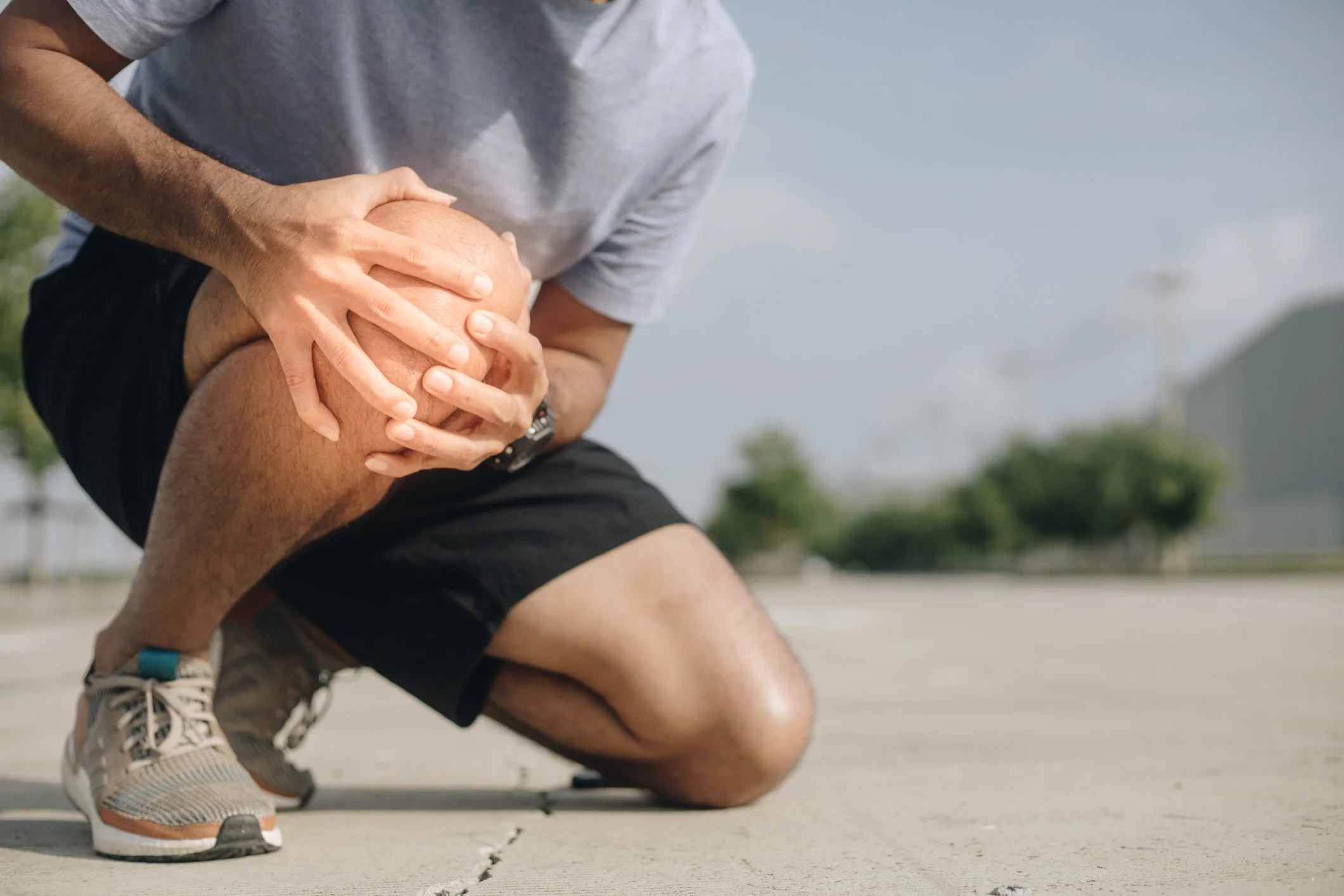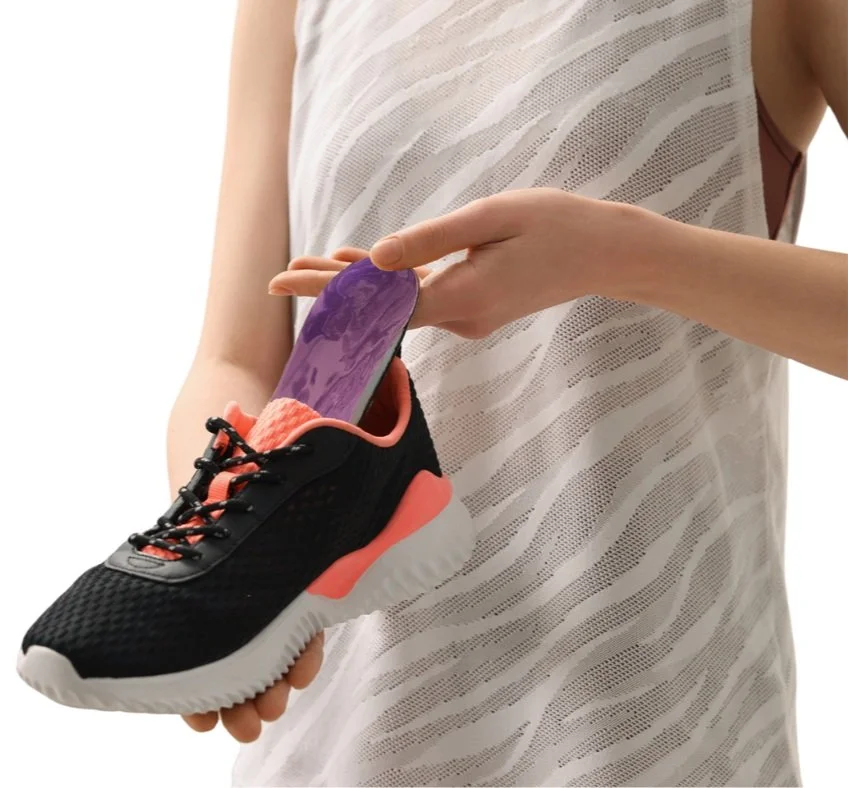WHY IS KNEE PAIN SO COMMON IN RUNNERS?
RUNNERS’ KNEE Q&A WITH DR. LEE S. COHEN
Knee pain is one of the top five running injuries impacting up to 2.5 million runners in the United States. There are many features of this common malady, some of which remain obscure. Several risk factors have been cited over the years.
Q: How does it happen?
A: Overpronation is a common issue found in athletes who actively participate in sporting activities. When the foot and arch collapses, the knee internally rotates and the Q angle increases. With this exercise, the quadriceps tendon pulls laterally. When this occurs, the knee is no longer functioning in the sagittal plane. The patella, which is a V-shaped bone that should fit in the V-shaped groove in the femur, now no longer does. As a result, the patella, with this internal rotation and foot collapse is forced to ride up the lateral side of the groove and shears down the medial side of this groove 10,000 times a day. This results in wearing out of the infrapatellar cartilage (which is only 5 cells of thickness, to begin with). Once the cartilage is damaged, you feel pain, and patellar tracking disorder becomes the diagnosis. Seventy percent of pain in runners’ knees is due to patellar tracking syndrome. Unfortunately, this pain can become so severe that ninety percent of runners are forced to stop running as a result. But it is not just running that causes pain at this point, this condition can cause pain for sufferers simply while walking up and down stairs.
Q: What is the treatment?
A: Physical therapy can help by strengthening the quads and stretching the posterior muscle groups. But that is not going to cure it. The cure comes from increasing the arch height and preventing foot collapse, so the V-shaped patella sits in the V-shaped groove in the femur where it belongs (where you have cartilage on cartilage vs bone on bone). The use of an orthotic can restore this foot position to a neutral position with the heel perpendicular to the ground, prevent internal rotation of the leg, and reduce the Q angle.
Q: How are you and your medical team at Dr. Lee S. Cohen and Associates able to help stop runners’ knee in athletes?
A: First, our medical team of experienced sports medicine physicians, and athletic trainers conduct a three-part evaluation to accurately diagnose the issue that consists of:
1. A Gait Analysis
2. The Cohen Index: Our signature diagnostic, assessment, and treatment tool which is composed of a 14-point testing system.
3. An X-Ray Examination
Once the issue has been diagnosed, we can then determine that the best course of action will be to prescribe our non-invasive customized treatment solution, our signature “Secret Weapon” custom orthotic insole.
The “Secret Weapon” custom insole is clinically proven and designed using state-of-the-art technology and custom fabrication to treat runners' knee, sports injuries, foot pain, ankle pain, and pain of the lower extremities in athletes of all ages from preschool to professional and everyone in between.
Our “Secret Weapon” custom orthotics can not only help your athletic performance, but they can also help to relieve your pain so that you can bounce back from an injury much more quickly.
If you feel that you or someone that you care for needs a sports medicine physician to help evaluate, diagnose, and potentially treat foot pain, ankle pain, knee pain, or any painful biomechanical issue of the lower extremities schedule your appointment by calling our office at (610) 522-9200 or visit our website www.drleecohen.com to learn more and reach out to us by completing the contact form.


